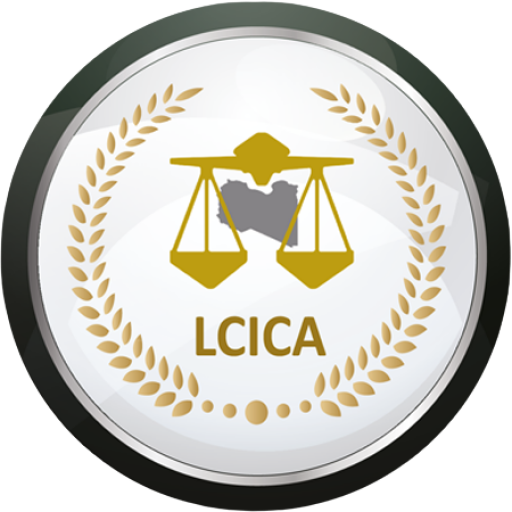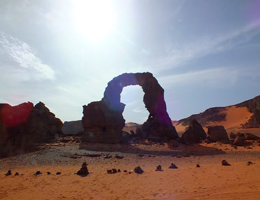The prehistoric site of Tadrart Acacus, which is a continuation of Tassili n’Ajjer in Algeria, is very rich in prehistoric drawings, paintings and engravings, some of which are slowly deteriorating as a result of visitors and photographers wetting them for better photos, theft and vandalism among other acts of barbarism. Old Ghadames (the pearl of the desert) is being slowly abandoned as its inhabitants are moving out to the new dwellings of the oasis. The remaining families who still live within its covered streets are finding it increasingly hard to maintain the city. The three coastal sites of Cyrene, Leptis Magna and Sabratha provide experts and archaeologists from Europe and elsewhere with unique opportunities to explore and study the Berber, Phoenician, Greek and Roman civilisations of North Africa.
The area is known for its rock art and was inscribed as a UNESCO World Heritage Site in 1985 because of the importance of these paintings and carvings. The paintings date from 12,000 BCE to 100 CE and reflect cultural and natural changes in the area. There are paintings and carvings of animals such as giraffes, elephants, ostriches and camels, but also of men and horses. People are depicted in various daily life situations, for example while making music and dancing. Tadrart Acacus is also the site of the earliest appearance of processed milk lipids on ceramics, which have been radiocarbon-dated to 7,500 BP..


